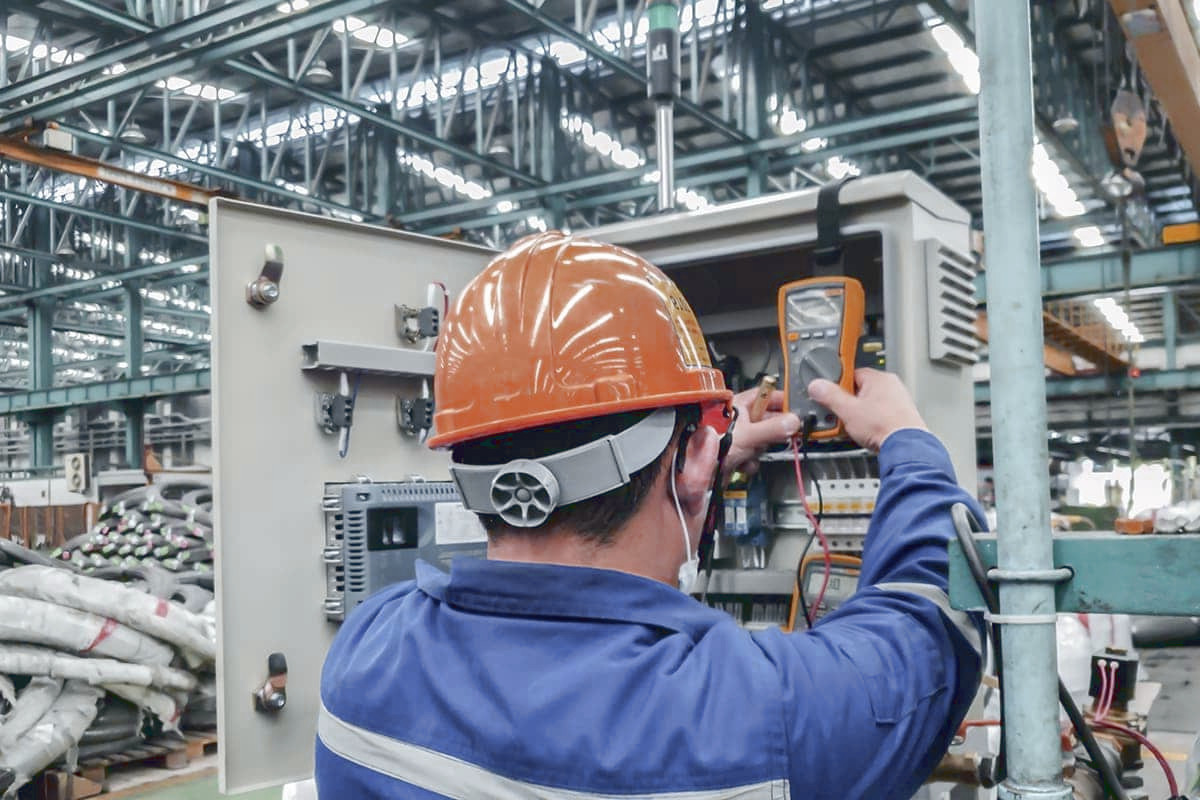
Difference between preventive and corrective maintenance
Maintenance can be approached from multiple perspectives. The two most relevant are preventive maintenance and corrective maintenance. The former focuses on preventing failures before they occur by performing regular inspection and maintenance tasks. The second focuses on correcting failures once they have occurred.
Continue reading to learn more about each, to better understand how they differ and the breakdown of their respective costs.
What is Corrective Maintenance?
Corrective maintenance is a maintenance strategy that is carried out when an equipment, system or machinery fails or presents problems that prevent its correct operation. This type of maintenance is performed reactively, that is, after the breakdown or failure has already occurred. The main objective of corrective maintenance is to repair the equipment as soon as possible to minimize downtime and restore its normal functionality.
Characteristics of corrective maintenance
The main objective of corrective maintenance is to restore the equipment to normal operation as quickly as possible to minimize downtime.
Some key features of corrective maintenance include:
- Reactive intervention.
- No planning
- High cost.
- May cause interruptions in production.
- It is often considered a temporary solution.
Corrective maintenance is necessary in emergency situations, but it should not be the only maintenance strategy used, as it can be costly and inefficient in the long run.
How to perform corrective maintenance
Corrective maintenance is an essential task to keep equipment and machinery in good condition in a company. To perform it efficiently, it is important to follow certain steps.
First of all, it is necessary to identify the problem or failure that is presenting the equipment. Once identified, the repair must be planned and the necessary tools must be available to carry out the work. It is important to follow the instructions in the equipment’s instruction manual to avoid major damage during the repair process. Finally, it is important to evaluate the work performed to ensure that the equipment is working properly before putting it back into operation.
With due care and attention, corrective maintenance can contribute significantly to the smooth running of a company.
What is Preventive Maintenance?
Preventive maintenance is a strategy used to prevent failures or problems in equipment, machinery or systems before they occur. It consists of performing periodic inspections, cleaning, adjustments and component replacements in a planned and scheduled manner. This type of maintenance helps to extend the useful life of equipment, avoid costly downtime and ensure efficient operation.
Characteristics of preventive maintenance
Preventive maintenance includes periodic inspections, cleaning and lubrication of components, replacement of worn parts, and the application of necessary adjustments to ensure the proper functioning of equipment. This type of maintenance is performed on a regular and scheduled basis to avoid costly downtime and loss of productivity. In addition, preventive maintenance helps to extend the useful life of equipment and improve its performance.
How to perform preventive maintenance
To do this, it is important to follow a few key steps. First, it is necessary to identify the maintenance intervals recommended by the manufacturer. Then, a maintenance calendar should be created to schedule the necessary activities. In addition, it is essential to perform periodic inspections to detect potential problems before they become major failures. Finally, it is important to document all actions taken and keep a detailed record of maintenance activities.

Main differences between Preventive Maintenance and Corrective Maintenance
Preventive and corrective maintenance are two different variants of maintenance. Each of them ensures the proper functioning of equipment and installations from a different approach. Preventive Maintenance involves the performance of periodic inspection and maintenance tasks, with the objective of detecting and preventing possible failures before they occur. On the other hand, Corrective Maintenance is carried out once a failure or breakdown occurs, in order to repair the equipment and restore its operation. While Preventive Maintenance seeks to avoid problems, Corrective Maintenance acts in response to them.
What are the maintenance costs?
Maintenance costs may vary depending on the type of equipment or infrastructure being maintained. Some of the most common costs include the personnel required to carry out maintenance tasks, the materials and spare parts needed to repair any faults or wear and tear, as well as the costs associated with contracting external services if necessary.
It is also important to take into account the costs associated with equipment downtime while maintenance tasks are being carried out, as this can affect productivity and generate economic losses for the company.
How to choose between these two types of maintenance
When choosing between preventive maintenance and corrective maintenance, it is important to consider several factors. First, preventive maintenance is performed on a regular basis to avoid potential breakdowns, while corrective maintenance is performed after a problem occurs. Preventive maintenance may be more costly in the short term, but can save money in the long term by preventing more serious problems. On the other hand, corrective maintenance may be cheaper initially, but can result in additional downtime and costs if not properly addressed.
The key to the issue is not to choose. Having a maintenance plan that ensures you have these two variants covered will ensure you maximize efficiency and minimize unplanned downtime.